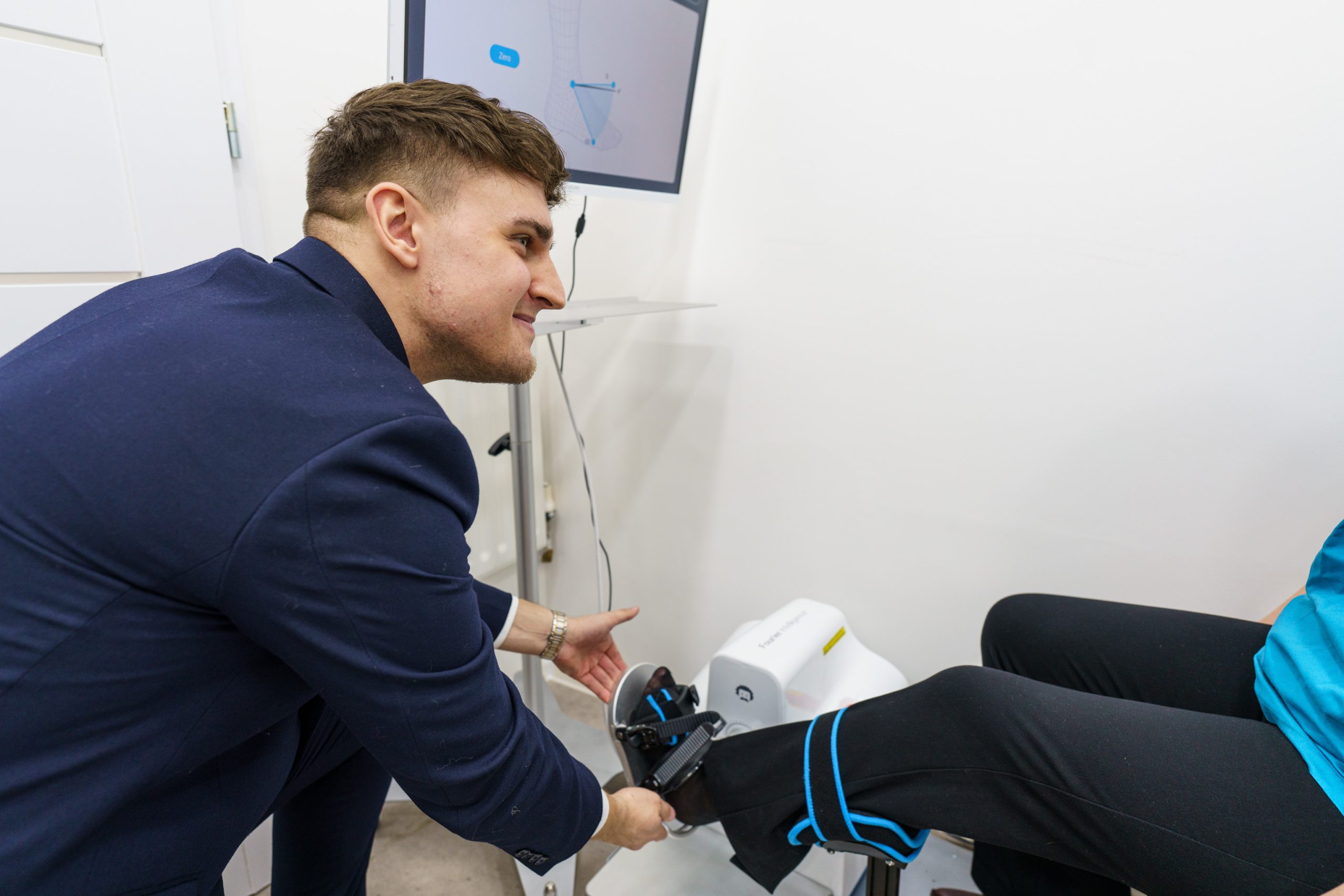

How to identify common signs of cartilage damage


Effective Ways to Restore Knee Cartilage Without Surgery




Microfracture knee surgery is a serious procedure that is typically only an option as a last resort for individuals suffering with knee pain. If you’re experiencing knee pain and have explored other treatments, you might be thinking that the only choice is to pursue microfracture surgery to give yourself the best chance of going back to your normal daily activities pain-free. However, this isn’t necessarily the case, there are many drawbacks to microfracture and other options available that will better serve your needs. That is why we have created this guide exploring alternatives to microfracture surgery to give you a greater insight into how your pain could be treated.
PRP treatments are relatively new but have proven to be an effective method of treating knee pain caused by damaged cartilage, muscles, joints, and ligaments. It works by drawing blood from the individual, processing the blood in a centrifuge to separate the PRP, then further processing to separate the protein liquid, and finally injecting the treatment into the knee joint. This is to encourage the body’s own healing properties to avoid any further damage to the cartilage and improve symptoms like pain and limited mobility.
In cases where the bones have good alignment and the knee joint isn’t too affected by arthritis, there are newer, innovative treatments available that mean replacing the cartilage rather than directly going down the route of microfracture surgery. Cartilage regeneration involves taking healthy cells from the damaged joint, culturing them for between four and six weeks then injecting them into the joint to regenerate alongside the remaining cartilage in the knee.
This form of treatment can be a beneficial alternative to microfracture surgery because cartilage has a restricted capacity for self-repair. Therefore, by using regenerative therapy, not only could it have a positive impact on symptoms of discomfort and reduced mobility in the joint, but also it could prevent the need for surgery and improve your quality of life.
Hyaluronic acid injections are a popular treatment option for knee osteoarthritis as they provide lubrication and reduce friction in the joint. They work by copying the natural hyaluronic acid that occurs in the knee and reliably cushioning the joint to reduce pain and discomfort.
The benefits of hyaluronic acid injections are the difference in pain relief compared to other treatments, better joint mobility, and slowing down joint deterioration. Additionally, they are a minimally invasive type of treatment, which offers an alternative to surgery with less risks and the patient can often go home the same day to rest and recover.
As well as researching and potentially pursuing the surgery alternatives above, there are some things you can do at home to ease your knee pain, which will help to avoid the need for microfracture surgery.
Maintaining a good level of strength and mobility is important in reducing joint pain, especially in the quadriceps and hamstring muscles. It is recommended that those experiencing knee pain try to do regular, low-impact exercises such as riding a bike or walking on a treadmill to help keep mobility in the joint and reduce discomfort as much as possible.
Carrying extra weight increases the stress on the joint and puts pressure on the knees. This in turn can worsen the pain caused by injuries or conditions like arthritis and make it more difficult to exercise. Also, being overweight increases the risk of developing arthritis initially and quickens the damage of the cartilage cushioning the joint. It’s not an easy process and it won’t happen overnight, but if you are overweight or obese, adapting your lifestyle to lose excess weight will be beneficial in improving your knee pain.
Over the counter pain relief medications like NSAIDs (non-steroidal anti-inflammatory drugs) can be useful in helping to relieve pain and inflammation in the joint. However, NSAIDs aren’t suitable for everyone, and caution should be taken when using them. Even commonly used medications like ibuprofen and naproxen can come with side effects.
So, it’s important not to rely on pain medications for long term relief unless you have checked with your doctor, and they are monitoring you. If pain relief medications aren’t helping your knee pain, seeing a specialist like our team at London Cartilage Clinic could help you find the right treatment option for you to ease your symptoms long-term.
To answer the overall question of this article, yes, knee pain can be resolved without microfracture surgery. There are several modern and exclusive treatment options available at London Cartilage Clinic that can provide a less and invasive and much more effective outcome for patients compared to microfracture surgery. Book a free chat online today to get started and please don’t hesitate to contact us if you have any questions.